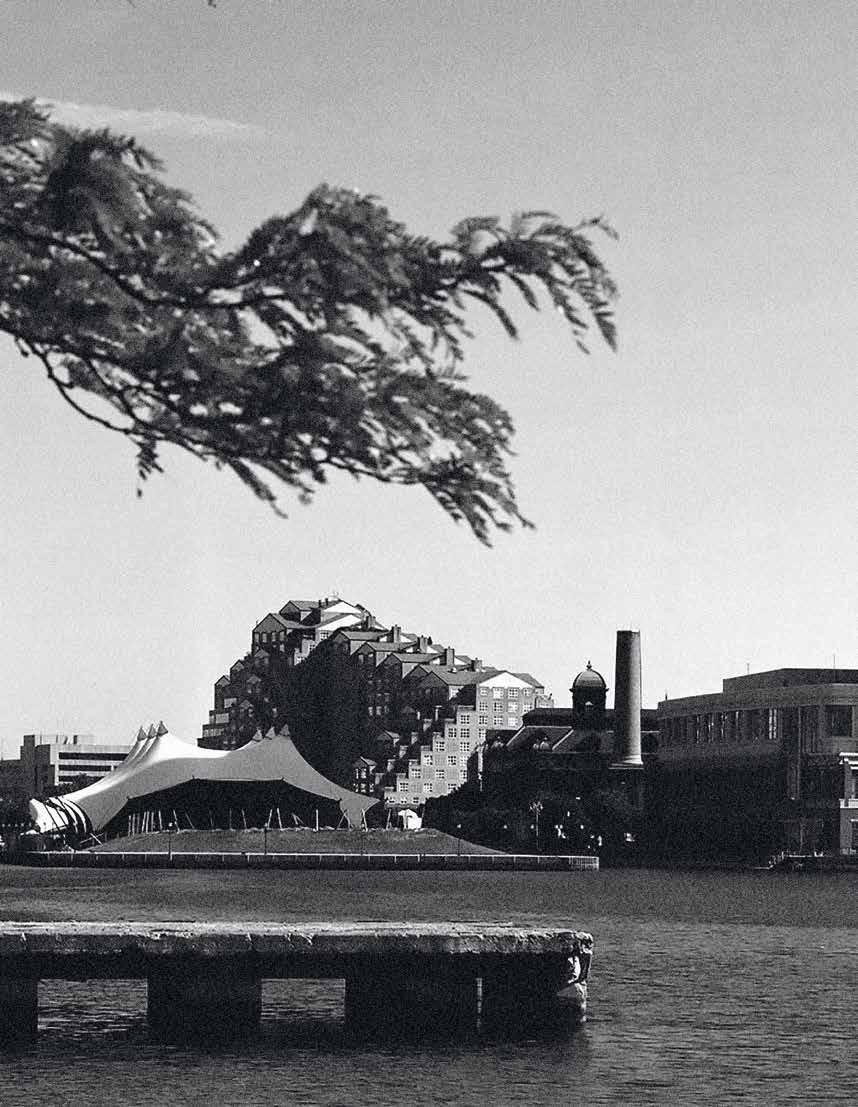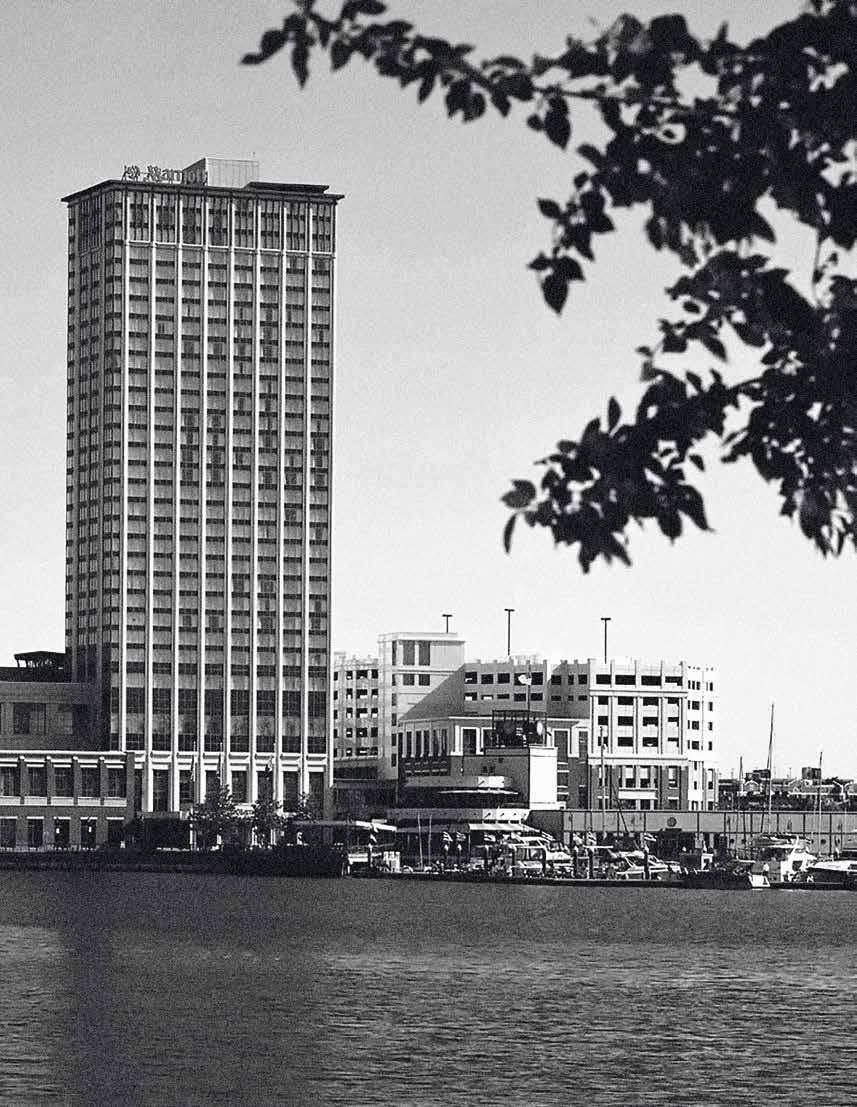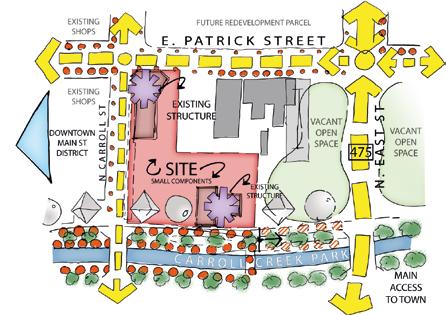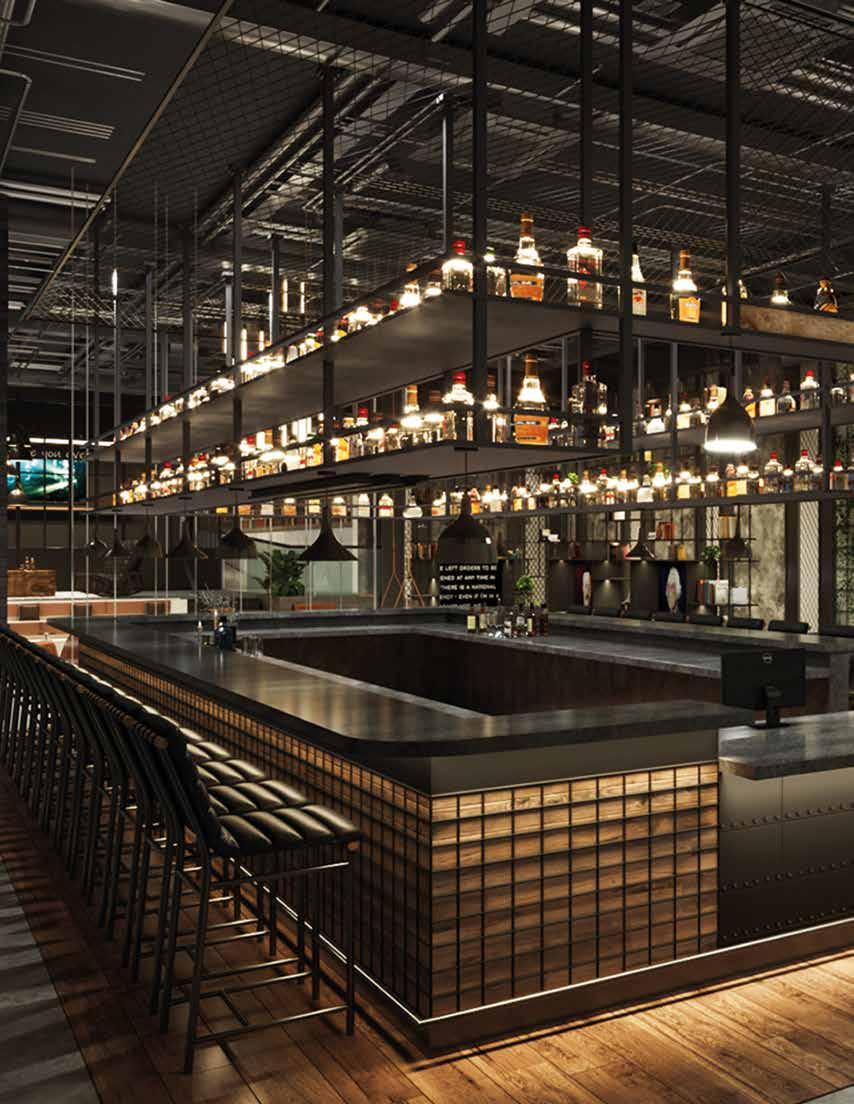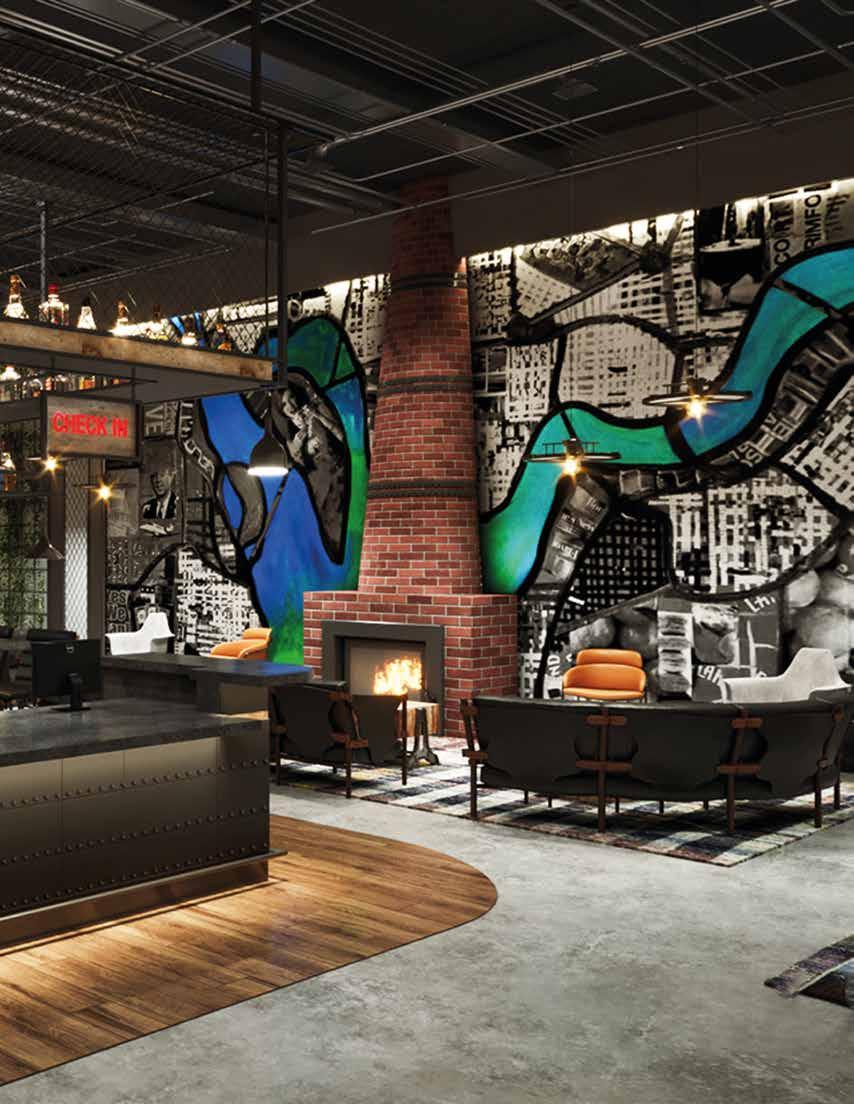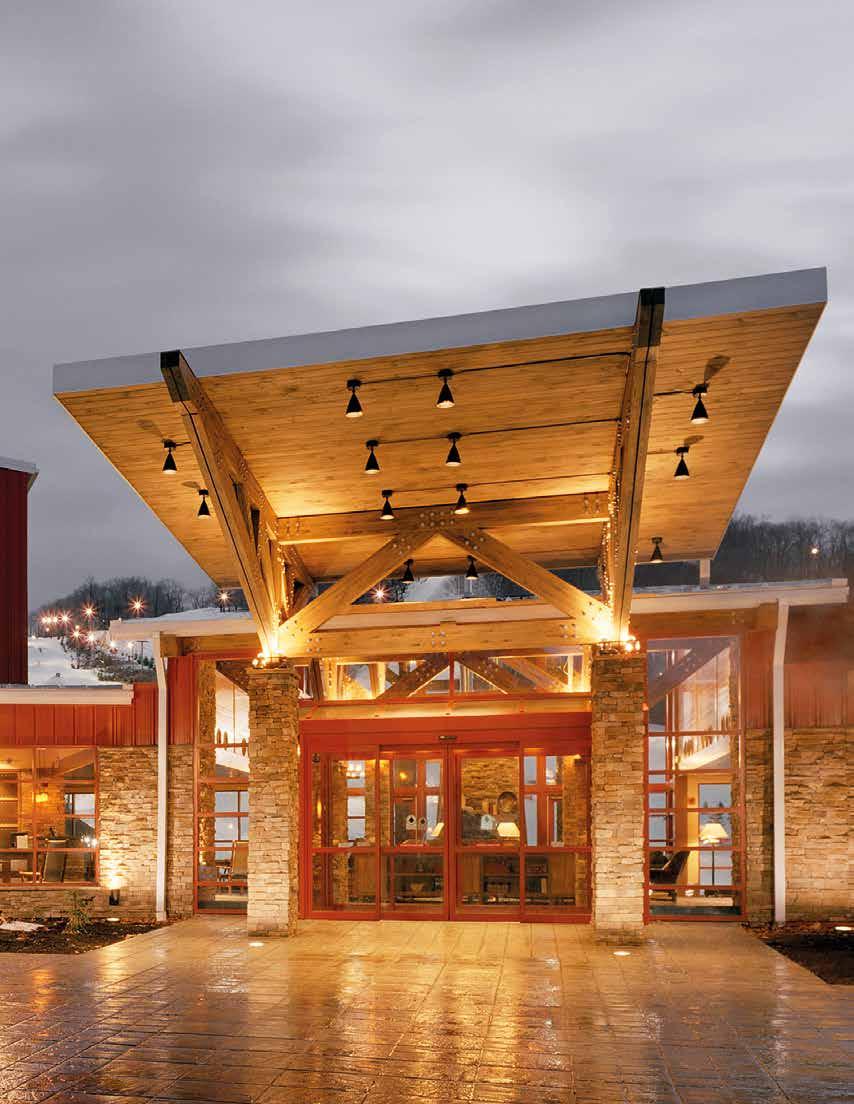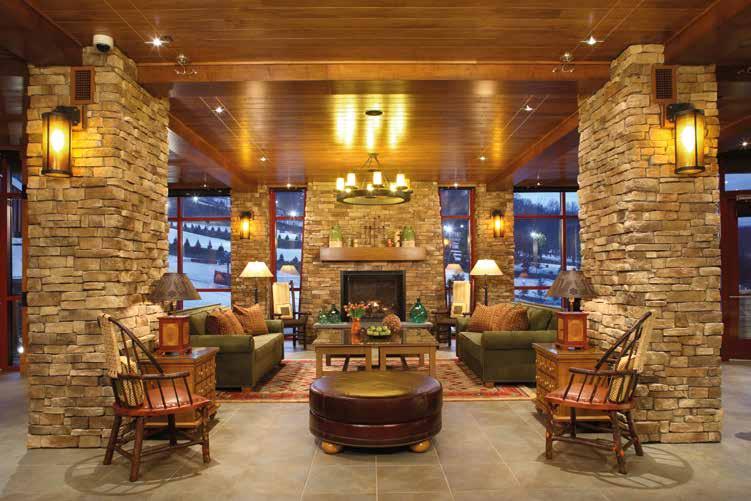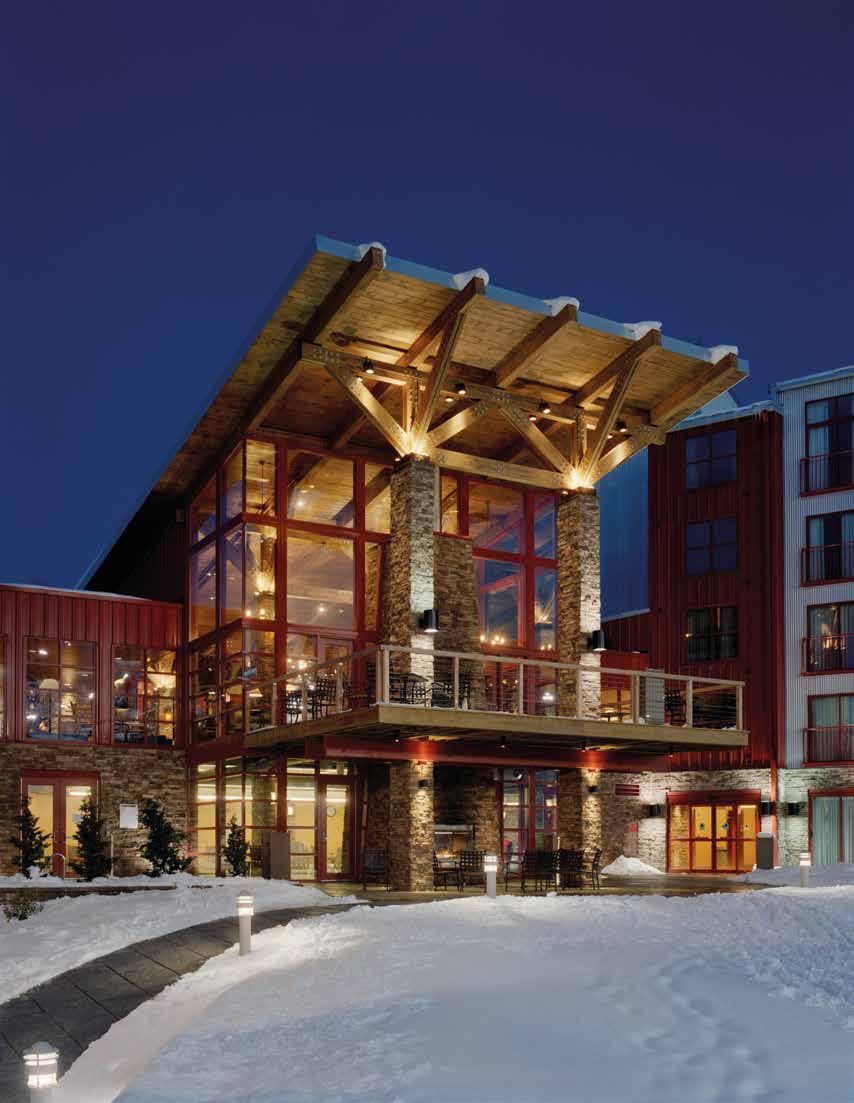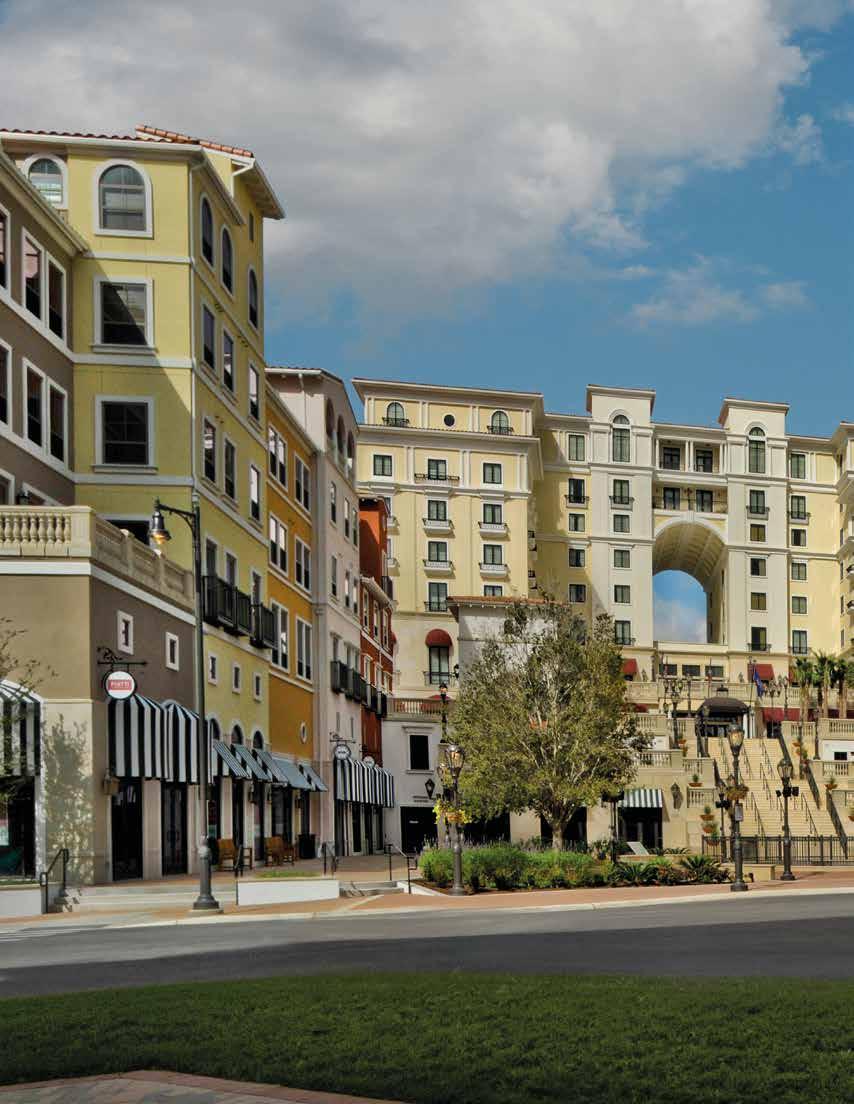
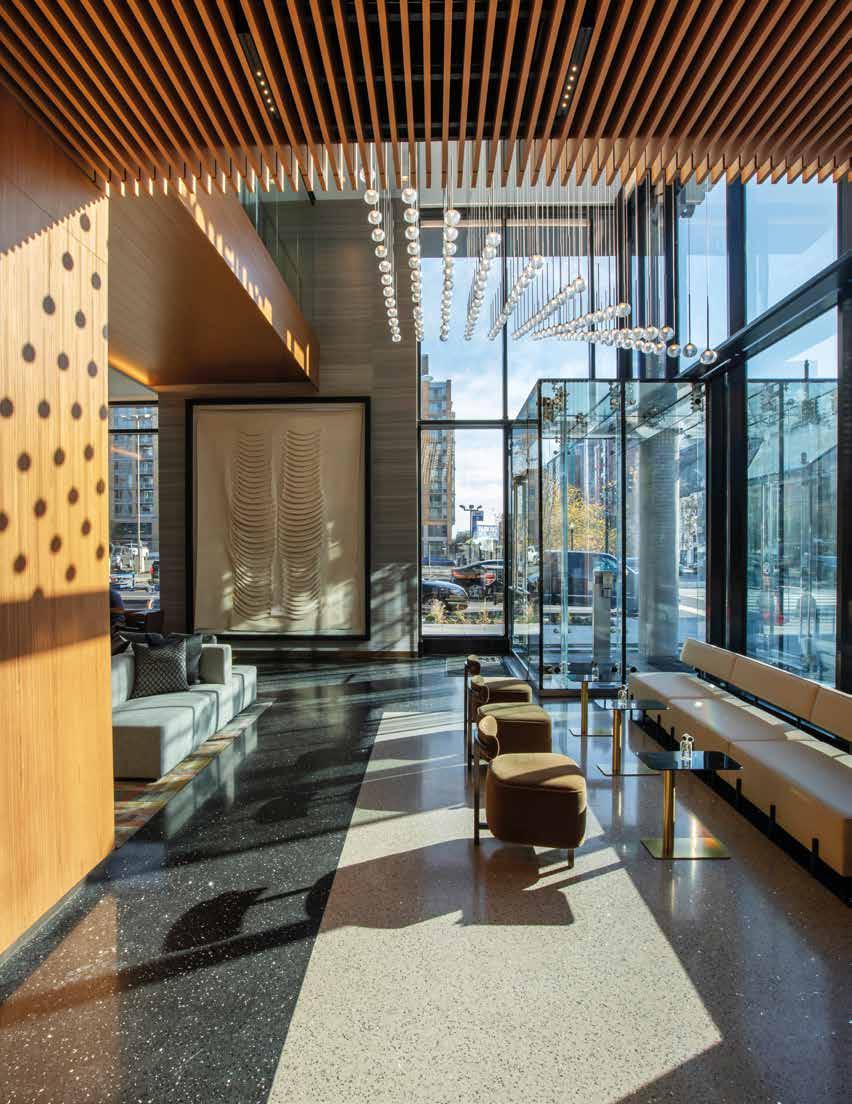
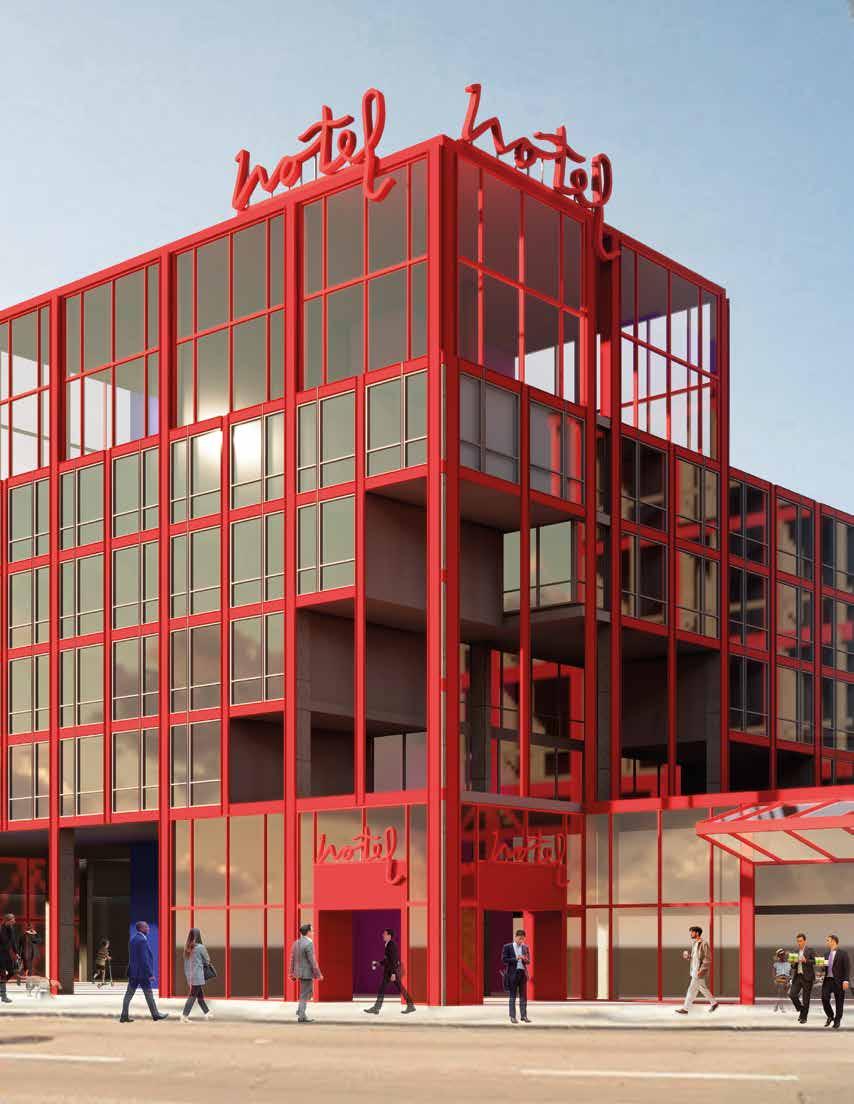
In the dictionary, you’ll find “hospitality” defined as “the friendly and generous reception and entertainment of guests, visitors, or strangers.” In fact, in the very early days, innkeepers would welcome weary travelers into an extension of their home.
As early as the 17th century, hotels began to transform from roadside accommodations into luxury destinations, and by the late 19th century, we saw the establishment of iconic properties like the Hotel Ritz in Paris and the Waldorf Astoria in New York, where guests were welcomed into grand, over-the-top spaces. After World War II, the industry saw a boom with the rise of hotel chains, which equated to standardized services and design, where hotels from a brand looked the same no matter whether they were in Miami or San Francisco.
Over the last 30 years, hotels have continued to evolve and reinvent themselves. It started with the invention of the boutique hotel in the late 1980s and ’90s. Thanks to visionary hoteliers such as Bill Kimpton, Chip Conley, and Ian Schrager, these properties questioned the status quo, foregoing the sea of sameness that had taken over the industry. Instead, the properties were infused with their own personality, offering guests the level of escapism they were craving. Lobbies, once pass-through spaces, became the hubs of the neighborhoods they resided in, filled with various food and beverage outlets operated by renowned chefs. More recently, these public spaces have grown to include coworking areas and stages for music and dialogue. As lifestyle brands increasingly entered the marketplace, larger brands had to follow suit, ditching the formulaic and rigid design standards in exchange for creating guest experiences around the ethos of a brand.
The lobbies have become such a major focus that it has allowed many new brands to rethink the guestroom, offering more affordable rates for smaller, cruise ship-inspired rooms. All the essentials—comfortable bed, great shower, personal technology— have now been distilled into a smaller, optimized space.
Meanwhile, other industries—from healthcare to office and retail— have also realized the power of creating more hospitable venues, infusing their spaces with hang out areas, cafes and bars, and other communal solutions to improve their residents’ wellbeing. Indeed, the pandemic only amplified the effect a building has on the health of its tenants. From more outdoor spaces to gyms that aren’t an afterthought and spas that address more than just physical wellbeing, how hotels can incorporate the $5.6 trillion wellness industry into their buildings holistically will help define the next chapter of the industry.
Over my two decades-plus career as an editor and writer, I have had the honor of watching and reporting on many outstanding designers, who have helped shape where the industry is today. Peter Fillat is one of those prolific architects who has made an impact across many typologies: urban redevelopment, where he has helped to catalyze transformation in cities; historic transformation of grand hotels, breathing new life into storied buildings; resort complexes, master planning larger-scale properties; urban boutique properties, creating destinations for guests and locals alike; and new hotel models that have rethought the status quo.
Instead of having a style or a signature look, Peter allows the buildings to take inspiration from their surroundings or their past. Take the Bear Creek Mountain Resort. Its red hue and angled architecture take cues from its Pennsylvania location. Or the George Washington Hotel, which he and his team restored to its former glory with a nod toward the future.
The contribution that Peter has made—especially, his extensive experience building, designing, and developing numerous properties in Washington, DC and Baltimore over the last 10 years—has made an impressive impact on how we view hotels today. He has brought new concepts and directions to hotel design, with a focus on making each property truly rooted in its place and returning to the true definition of hospitality. It’s a legacy we rightly celebrate in the pages of this book.

